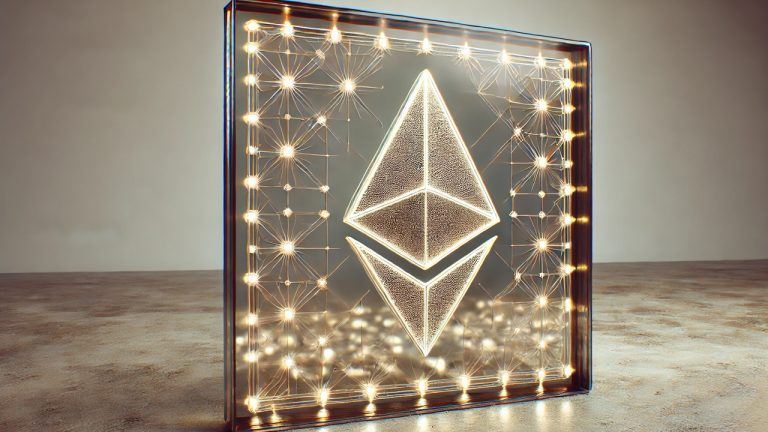U.S. economic growth hits 2.8% annualized rate in Q2
The U.S. economy grew at an annualized rate of 2.8% in the second quarter, showing consumer resilience despite economic challenges.
Data from the Bureau of Economic Analysis beat economists’ expectations of 2% growth, higher than the first quarter’s 1.4% rate.
The Fed has raised interest rates to a 23-year high, between 5.25% and 5.5%, to tackle inflation from the pandemic. Recent data suggests they are on track to reduce inflation to their 2% target without causing a recession.
The June consumer price index report showed U.S. inflation around 3%, down from previous highs.

Traders in the futures market slightly reduced their bets on interest rate cuts after the GDP data was released. Despite this, two to three rate cuts are still expected this year.
One key metric from the data, called “final sales to private domestic purchasers,” which excludes inventories, trade, and government spending, rose by 2.6%, matching the previous quarter’s growth rate.
This metric is closely watched as a proxy for demand. Consumer spending increased by 2.3%, up from the first quarter’s 1.5% pace.
Despite the strong economic performance, recent figures suggest the labor market is starting to soften. This softening strengthens the case for an imminent rate cut.

Fed Chair Jerome Powell said that the past three monthly inflation figures showed a “pretty good pace” of price growth.
The Fed believes there’s still a chance of a soft landing. The U.S. stands out among advanced economies, with expected growth of 1.7% in 2024, according to IMF forecasts. This is slower than the projected global pace of 3.2%.
President Joe Biden commented on the latest GDP report, stating that:
“We now have the strongest economy in the world.”
Biden has taken a different approach to trade and industrial policy compared to previous administrations. He has maintained most of Donald Trump’s tariffs on China and added more on products like electric vehicles, semiconductors, and minerals.
These tariffs want to fight climate change and reduce technological dependence on China. The China tariffs are part of a larger program to address climate change and tech dependence.
The steel and aluminum tariffs, on the other hand, are more about electoral politics, keeping steel producers in key swing states like Wisconsin and Pennsylvania happy.




